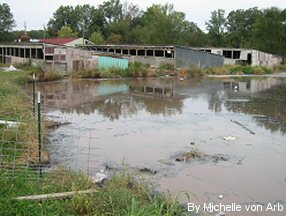
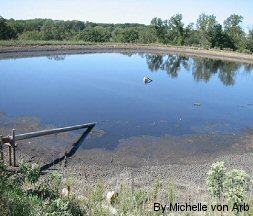
 |
 |
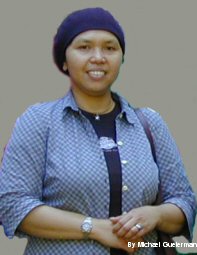 Dr. Cynthia Henny |
Dr. Cynthia Henny, Post-Doctoral Fellow |
John Macauley 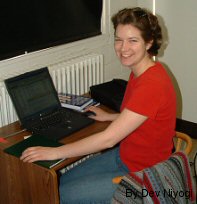 Michelle von Arb |
Pedro Dimitriu |
Pedro Dimitriu, Master Degree student |
Dr. Holly Pinkart and Pedro Dimitriu |
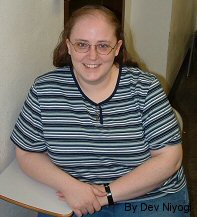 Angela Jones |
Angela Jones, Master Degree student |
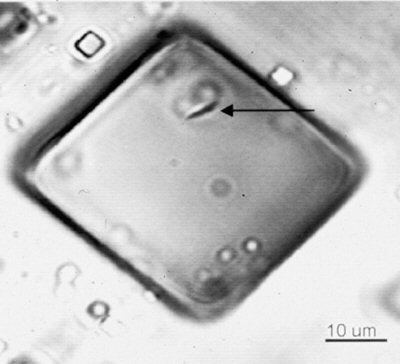 |
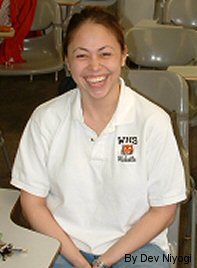 Michelle Biesen |
Michelle Biesen, Former undergraduate student |
Previously, as an undergraduate student, John Macauley studied the potential anaerobic biodegradability of gasoline oxygenates,
including MTBE, by bacteria in Mississippi River sediments. |
Mike Richards and Mark Ebel, undergraduate students, prepared most probable number assays to determine the number of
methanogenic, sulfate-, and nitrate-reducing bacteria present in hydrocarbon-contaminated soils in vadose (unsaturated soils) zone
systems. |
If you are interested in working with this great group of people, please contact me! |
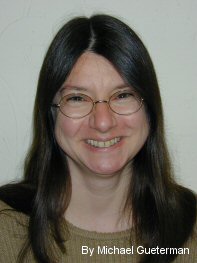 Dr. Melanie Mormile |
Last Updated: August 16, 2003
Back to previous page